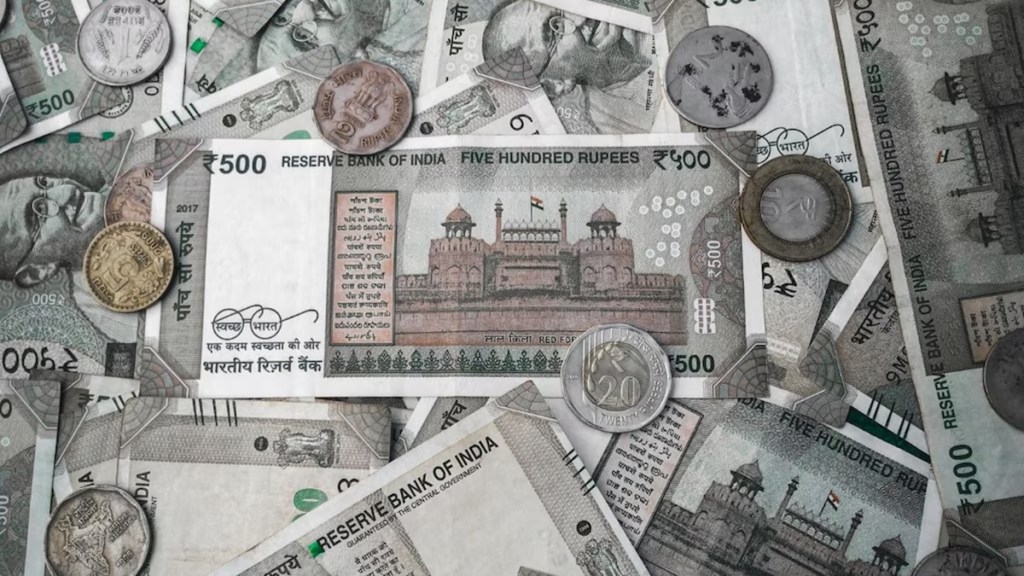The total government capital expenditure for the first two quarters of fiscal year 2025-26 stood at 52 per cent of the Budget estimates, says the latest data from the Controller General of Accounts (CGA)
As per the CGA data, the Ministry of Road Transport and Highways exceeded the average capex in FY26 by spending 63 per cent of its budget estimates. The Ministry of Railways is another ministry which has higher capex in FY26 than the average capital expenditure of union ministries. The Ministry of Railways’ capex stood at 57 per cent between April to September this fiscal year.
Key sectors with maximum capex spend
The overall government capex for the first two quarters of FY26 increased by 40 per cent YoY. The total government capex from April to September stood at Rs 5.8 trillion.
The Government disbursed an additional amount of Rs 50,000 crore to the Department of Food and Public Distribution. The initial budget allocation for the department for FY26 was Rs 20 crore.
While a few ministries have already spent over half of their budget estimates, some are lagging behind in capital expenditure.
The Department of Science and Technology was allocated Rs 20,096 crore for capex in FY26; however, the department has not utilised any of its allocation in the first half of FY26.
The Ministry of Petroleum and Natural Gas and the Department of Economic Affairs have utilised only 2 per cent of their allocated budgets.
Current capex and fiscal deficit
A Nomura report states that fiscal finances are currently under pressure. On the revenue side, lower nominal GDP growth, personal income tax cuts and trailing disinvestment proceeds have led to a shortfall in H1 FY26, despite record-high RBI dividends.
Nomura notes that, despite slower revenues and higher expenditures, the government remains committed to its fiscal deficit target. Nomura’s estimates show a revenue undershoot of about 1.3 trillion in FY26 relative to the budget
estimates, which it expects to be covered by expenditure compression in H2 FY26. Nomura says that net fiscal slippage should be minimal.
